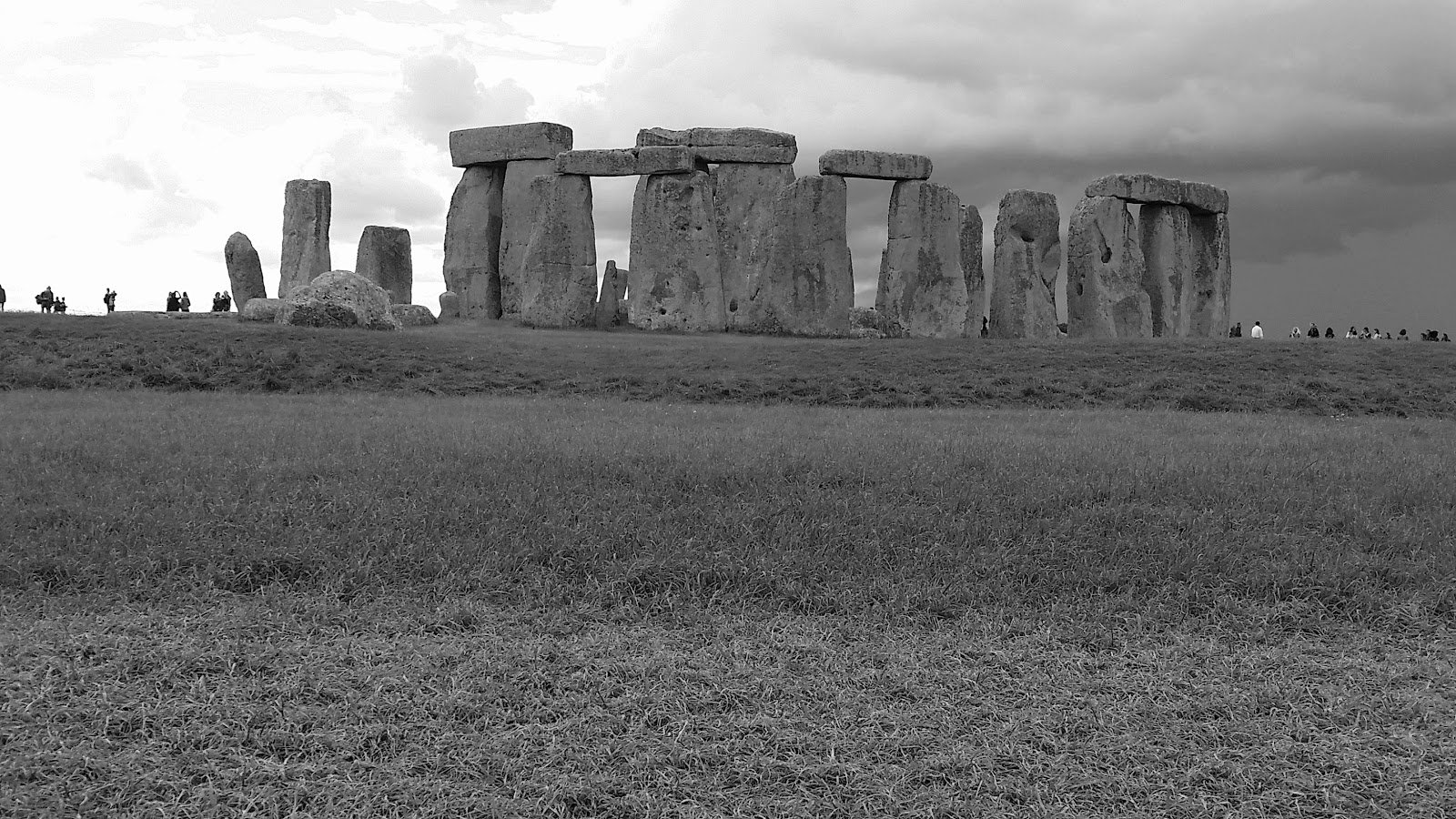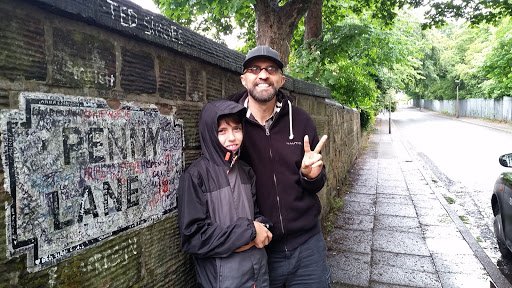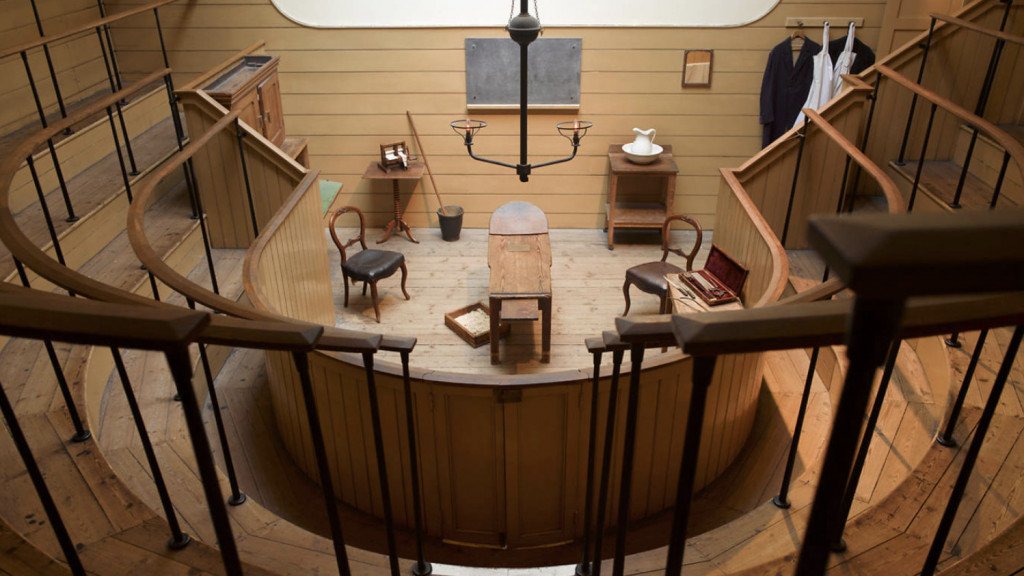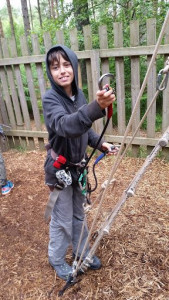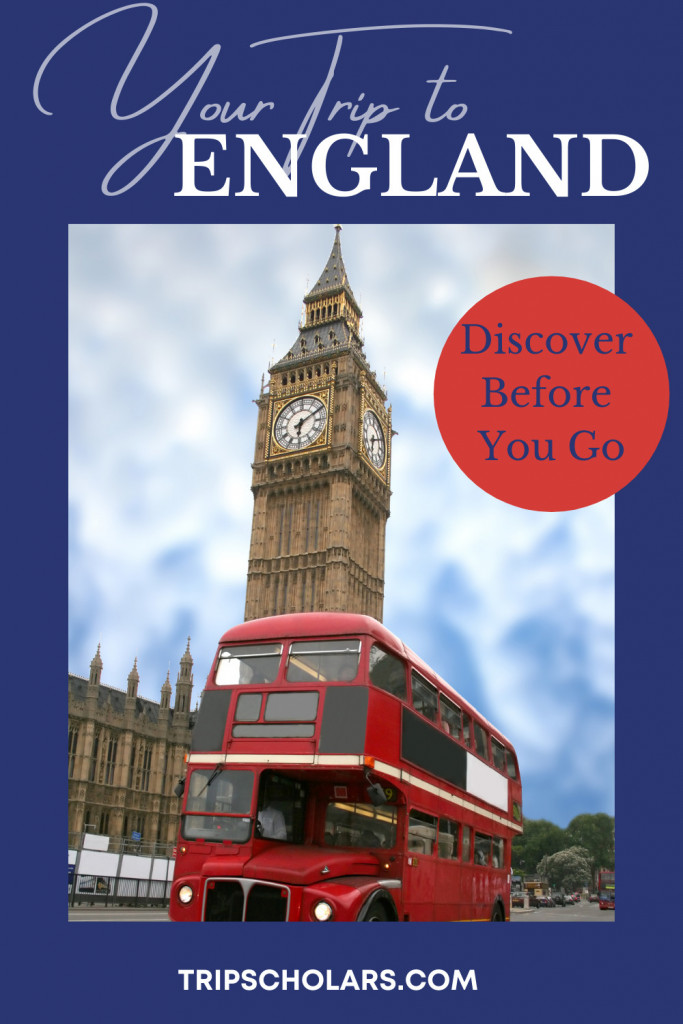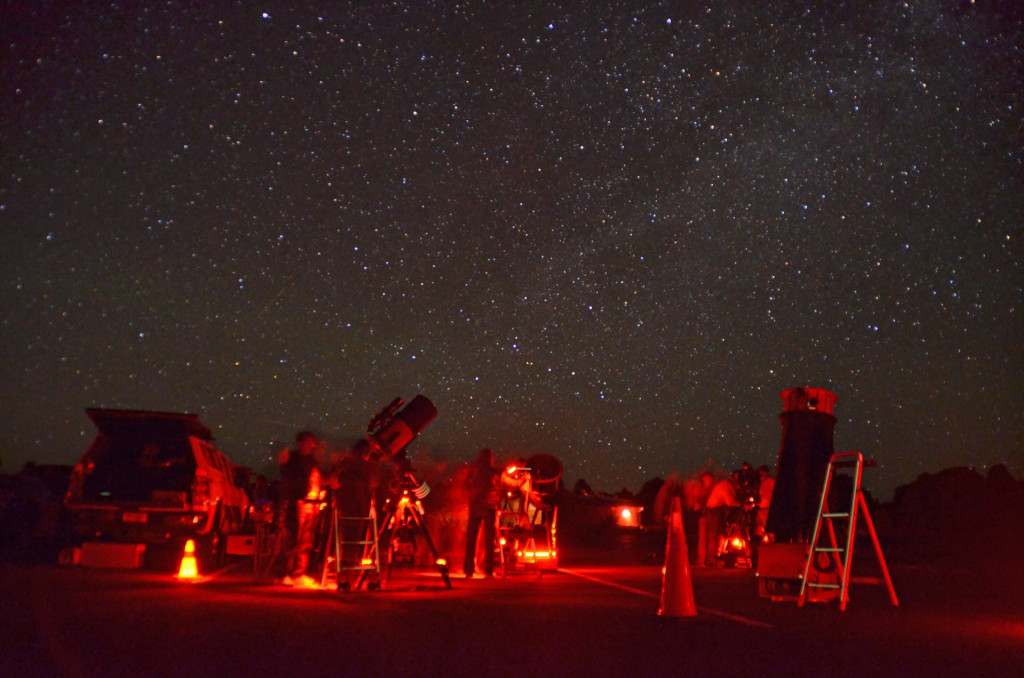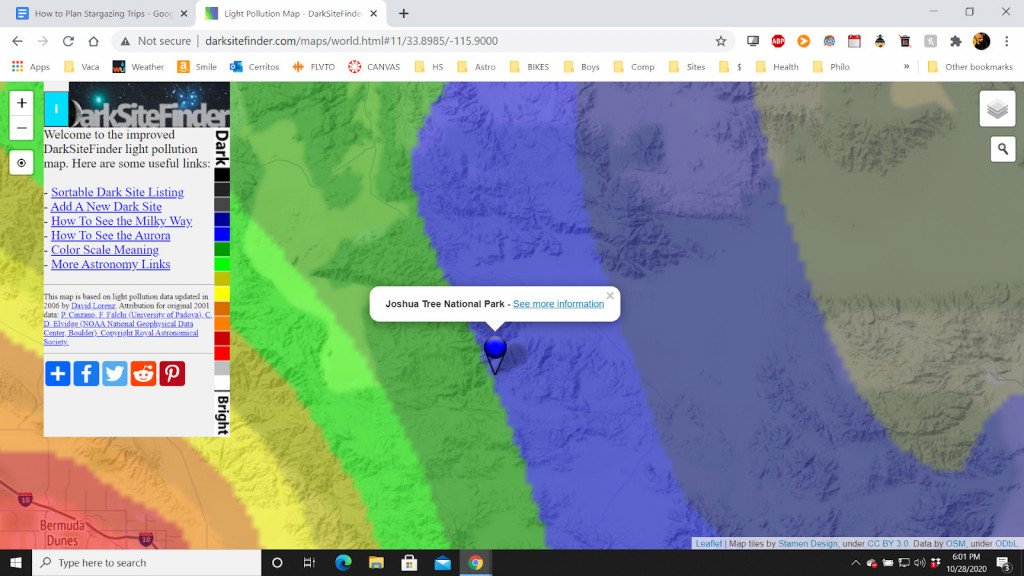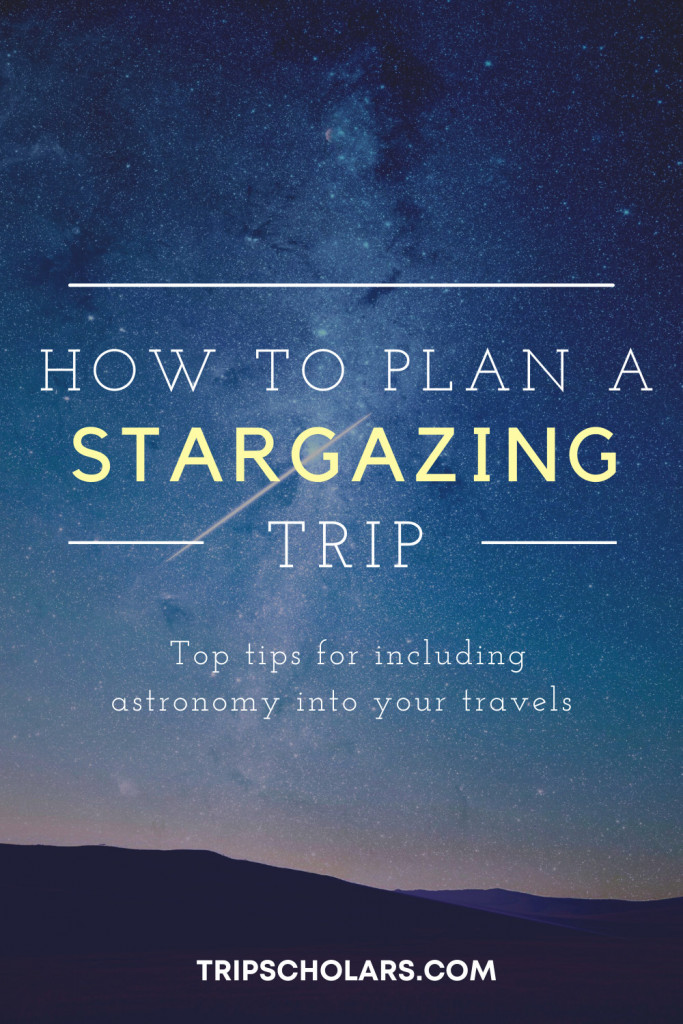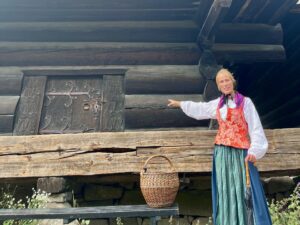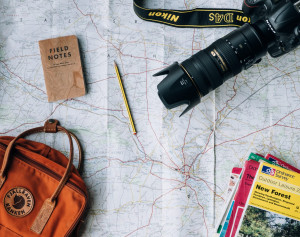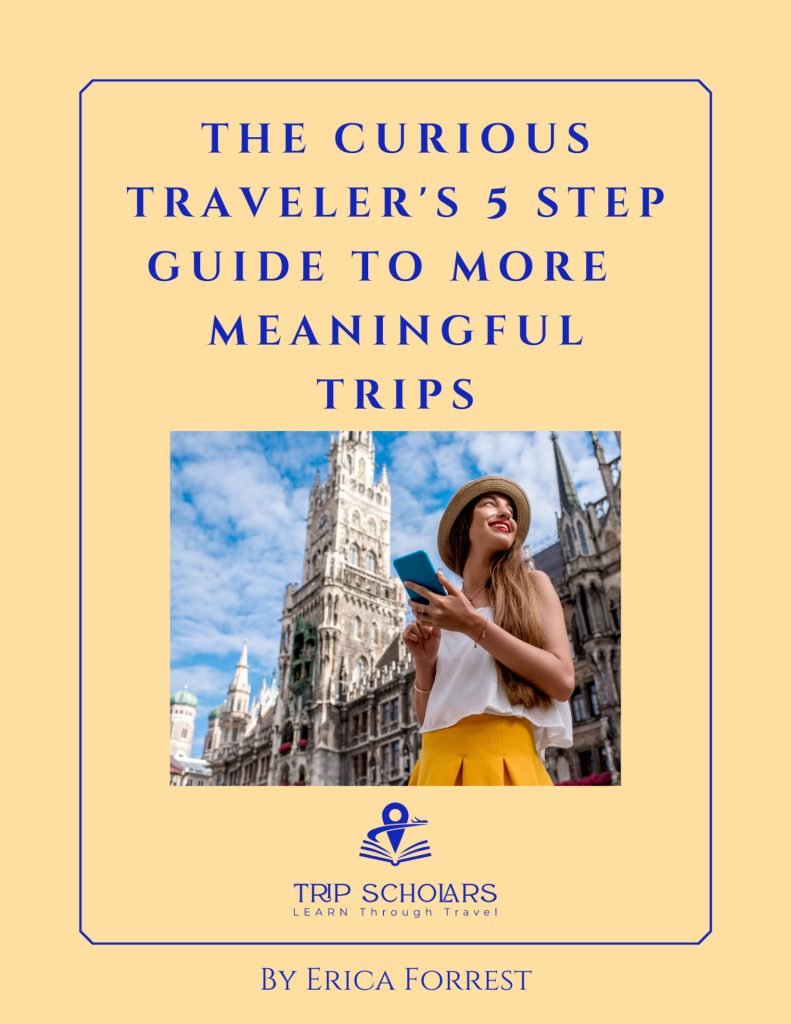Planning a Trip to the UK
Stonehenge, UNESCO World Heritage Site, UK. Photo by Bram Spooner
This post may contain affiliate links which means Trip Scholars may make a small commission (at no extra cost to you) if you make a purchase. As an Amazon Associate I earn from qualifying purchases. Read more here. Thanks for helping us keep the lights on!
Sometimes one has to do a great deal of searching to find educational and historical sites on a trip, and sometimes one has the opposite problem: too much of a good thing! If you’re planning a trip to the British isles, you will definitely suffer a case of the latter! From the prehistoric fossils beds of Lyme Regis and the ruins of Stonehenge to the Roman relics of Hadrian’s wall, countless medieval castles, and even the “modern” haunts of the halls of Parliament or the London Eye, there are thousands of sites that come to mind! Even with a full month of vacation time, you would still have to pick and choose sites, experiences, and a route to connect them all.
Explore from home to decide on your top destinations

The first step in planning my trip was brainstorming a prioritized list of sights to see. I had been to the UK several times before, but this would be my son’s first trip, so I began “priming the pump” about a year in advance. I searched out resources that would educate my son about the area in an entertaining manner.
Learn about the history of the UK
If your child is old enough to read an 1,145 page novel, the novel Sarum is an excellent choice. The history of England is told from the perspective of characters stretching from the first humans (whose narrative is pieced together from archeological and anthropological evidence) to the mid-1980s.
If this tome is a bit too long, the film Warrior Queen is an entertaining dramatization of the Roman conquest, and has just enough artistic license to keep kids entertained while staying true (enough!) to history. (This is an age restricted video on YouTube so families will want to decide for themselves if it is appropriate for them.) Another good choice about the same topic is the documentary Boudica: Warrior Queen of Ancient Britain.
My son also enjoyed the BBC series Battlefield Britain, which brings history alive with maps and contemporary footage. There are multiple episodes bringing the viewer through major battles from Boudica through to the Battle of Britain in 1940.
Use what you have discovered to craft your itinerary
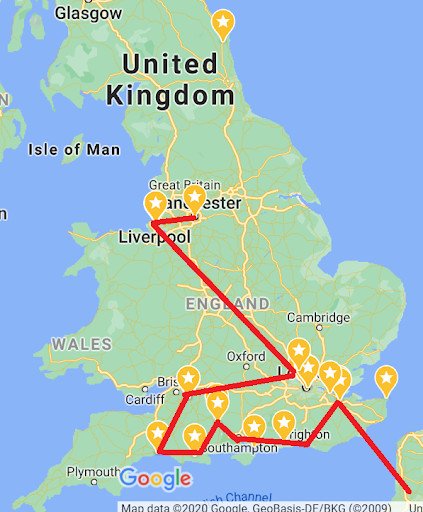
My next step was to brainstorm a list of sights to see. I began by simply searching and saving each site we’d like to see on Google Maps. You can create lists and color code your saved places if that helps you organize your trip. We began with one color for “must-sees” and another for “second tier”. We saved sights from as far north as Liverpool and as far south as Brighton. For this reason, we decided to book one-way flights to allow us to start our trip in the north of the island and end in the south. (We eventually decided to utilize the Chunnel and go as far south as Paris, France… but that’s a story I’ll leave for later!) Of course, your experience may well vary and allow for a circular route around the island. We did find that two one-way tickets were not any more expensive than a round trip when we booked, though that can vary depending upon airlines and the season.
Follow your child’s lead
Keeping family interests in mind is a great way to get your kids excited about the trip. My son had an interest in WW2 aircraft and tanks thanks to several video games, such as World of Tanks and War Thunder. My grandfather was a mechanic in the Royal Air Force, so my father was aware of several good military museums in the UK. The Dorchester Tank Museum is one of the finest tank museums in the world, with many hands-on exhibits that will appeal to kids (and adults!) of all ages. London’s Imperial War Museum is another worthwhile stop for anyone with an interest in military history.
A shortlist of our must-sees included London, Stonehenge, and a few members of our extended family. Both my son and I are huge Beatle fans, so we also decided a trip to Liverpool was a must. We then added some “second tier” sites that we’d love to see if it was convenient to do so. After finalizing our lists, I opened up Google Maps and started planning a route.
Find the hidden gems
The Rick Steves England travel book (or website) was invaluable. I found many hidden gems via his suggestions. While London has enough sights to fill more than a month of sightseeing, I found several lesser-known, excellent educational places to visit, such as Dennis Sever’s House and the Old Operating Theatre Museum.
My best tips for your trip to the UK
We decided to rent a car for most of our trip. You’ll want to assess your own ability to drive on the left side of the road and keep in mind that nearly all intersections are traffic circles. If neither of these things bothers you too much, then give it a go! I found that driving was not as hard as I anticipated. We did decide to use a train for two long segments where there were not a lot of sights we wished to see in between. Unlike much of the US, the train system in the UK is modern, fast (one of our trains ran at 186 mph), reliable, and relatively inexpensive. Again, Rick Steves’ recommendations for rail passes came in handy.
When traveling in Europe, remember that America is the only country in the world that places month before date. Despite the fact that I knew this, it was easy to fall back into old habits and it led to one reservation for a museum being wrong. This goes hand-in-hand with my final bit of advice: be willing to change plans on the fly! The reservation that I goofed up was for the Dorchester Tank Museum– the highlight of the trip for my son. We switched hotel reservations, stayed an extra night in Bournemouth, and managed to get into the museum the next day! In addition, a quick search online found a local hike and zipline experience to fill the extra day. Smiles all around, and a dad-fail turned into a dad-win.
Enrich your trip to the UK
Visiting the UK is always a pleasure, but taking the time to learn more about these isles before going made it even better. My son was excited to go when he first heard we were planning the trip, but his enthusiasm increased exponentially after being exposed to historical fiction and learning about sights that appealed to his interests. I had been several times before and felt I had little more to learn about England, but I was also surprised at how many hidden gems I (and even my relatives who live there) had overlooked in the past. It just goes to show, you’re never too old to learn! We already have a new list of sites lined up for our next trip!
This guest post was contributed by SocalWanderer
We love to learn from our guest authors and appreciate their expertise!
DO YOU WISH YOU COULD TRAVEL MORE?
Let's Connect
I’d like to send you a free gift!
The Curious Traveler’s 5 Step Guide to More Meaningful Trips
